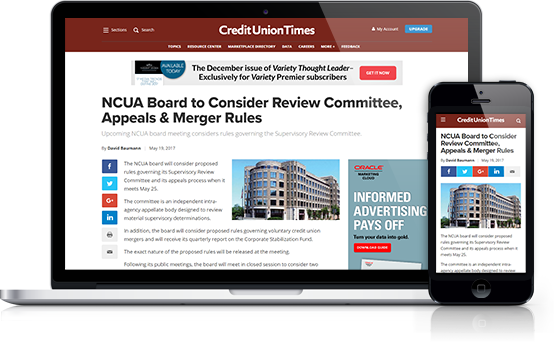Homeowners who sold their homes in 2015 saw an average pricegain since purchase of 11% ($20,378), the largest average pricegain in the U.S. since 2007.
According to housing data firm RealtyTrac, based in Irvine,Calif., the eight-year high also marked the second consecutive yearhome sellers realized a price gain after six consecutive years ofaverage price losses.
Continue Reading for Free
Register and gain access to:
- Breaking credit union news and analysis, on-site and via our newsletters and custom alerts.
- Weekly Shared Accounts podcast featuring exclusive interviews with industry leaders.
- Educational webcasts, white papers, and ebooks from industry thought leaders.
- Critical coverage of the commercial real estate and financial advisory markets on our other ALM sites, GlobeSt.com and ThinkAdvisor.com.
Already have an account? Sign In Now
© 2024 ALM Global, LLC, All Rights Reserved. Request academic re-use from www.copyright.com. All other uses, submit a request to [email protected]. For more information visit Asset & Logo Licensing.










